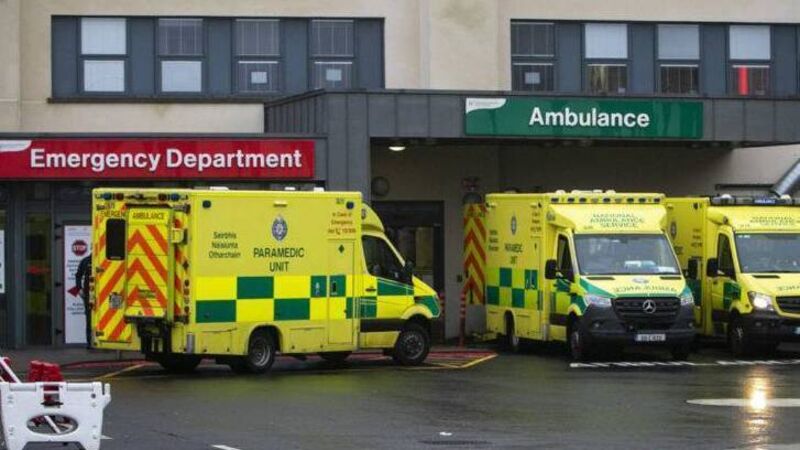Record 1.7m people received emergency care in Irish hospitals last year

The total of almost 1.7m patients receiving emergency care is 29,000 more than in 2022.
A record 1,694,512 people received emergency care in Irish hospitals last year, according to new figures.
The HSE’s 2023 hospital figures, published on Monday, show a record number of people received day-case care, attended outpatient appointments, and received hospital care as inpatients from January to December last year.













